A year on from the devastating fires that burnt almost half of Kangaroo Island and 23,000 hectares of the Adelaide Hills, a carpet of green covering the landscape leaves little doubt that the island and hills are bouncing back. Birdsong is deafening, kangaroos and koalas are content, flora is flourishing, and the community is closer than ever. Life has well and truly returned to the bush, and with it the opportunity to experience regeneration at a once-in-a-lifetime scale. This is one of our longest stories, but it's a beautiful one about the stunning virtues of nature, the healing power of people and just why now is the best time to visit South Australia's bushfire affected regions.
KANGAROO ISLAND
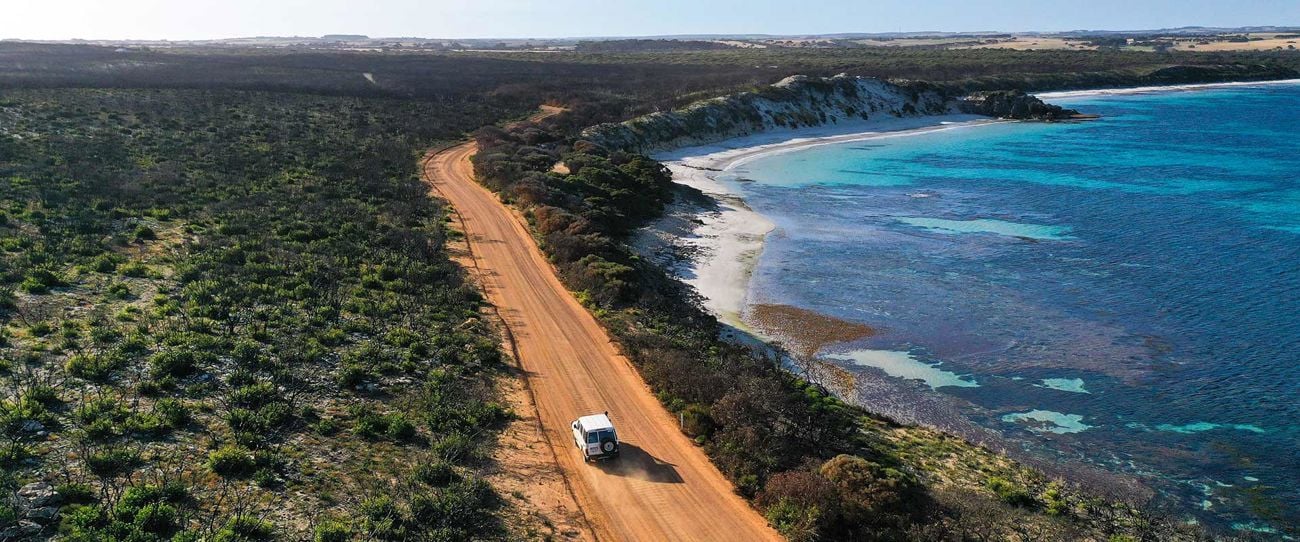
The bushfires that burned through Kangaroo Island from 3 January 2020 were the largest in the island's history and the catastrophic impact for people, homes, nature, tourism and businesses was hard to fathom. We also know that bushfires are part of nature's life cycle and have shaped the Australian landscape for millions of years. In fact, many native plant species are pyrophytic, meaning they rely on fire to regenerate. Ash, smoke, rain and light provided from fires give some plants the opportunity to grow, bloom and thrive, and just hours after a fire, nature's recovery is already underway.
With new growth, wildlife is returning. Kangaroos and wallabies can be spotted bounding through Flinders Chase National Park, feasting on new shoots and fresh vegetation. Without the dense undergrowth, echidnas and goannas, which bury themselves into the earth to survive bushfires, are easily spotted burrowing in the ground. Sightings of the critically endangered Kangaroo Island Dunnart, which lost 95 per cent of its habitat to the wildfires, are increasing. A feral-cat proof area built after the fires is providing a safe-haven for the small carnivorous marsupial to recover. The tiny Kangaroo Island Little Pygmy Possum - feared wiped out during the blaze - has been discovered in Flinders Chase National Park. And even wildlife injured during the fires are once again making their way back into the wild, with a little help from dedicated locals.
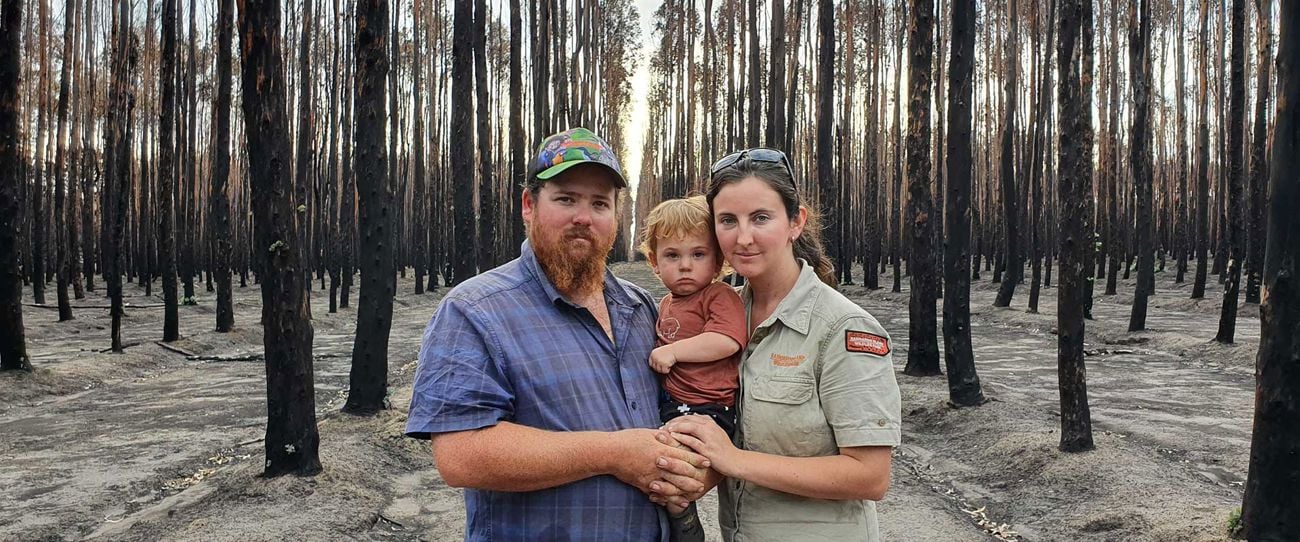
Dana Mitchell, who along with her husband Sam, founded the Kangaroo Island Koala and Wildlife Rescue Centre in response to the fires, has been on the front line of the wildlife rescue and rehabilitation effort. Overnight, the Kangaroo Island Wildlife Park transformed into the epicentre for wildlife rescues, with close to 800 bushfire-impacted animals coming through the gates for care.
"We had the first 7 come in on the 1st of January and then they just kept coming. On our biggest day we had 64 koalas and 15 other animals come in. It was non-stop," Dana said.
Some of those rescued didn't make it, but 12 months on more than 350 rehabilitated animals have been returned to the wild.
"We had a 40% survival rate which is amazing as we were told to expect about 12%," Dana said. "It doesn't matter how many times we successfully treat and rehabilitate a koala and get it back out there, there's nothing better than opening the door to a pet pack and watching them walk out and climb a tree."
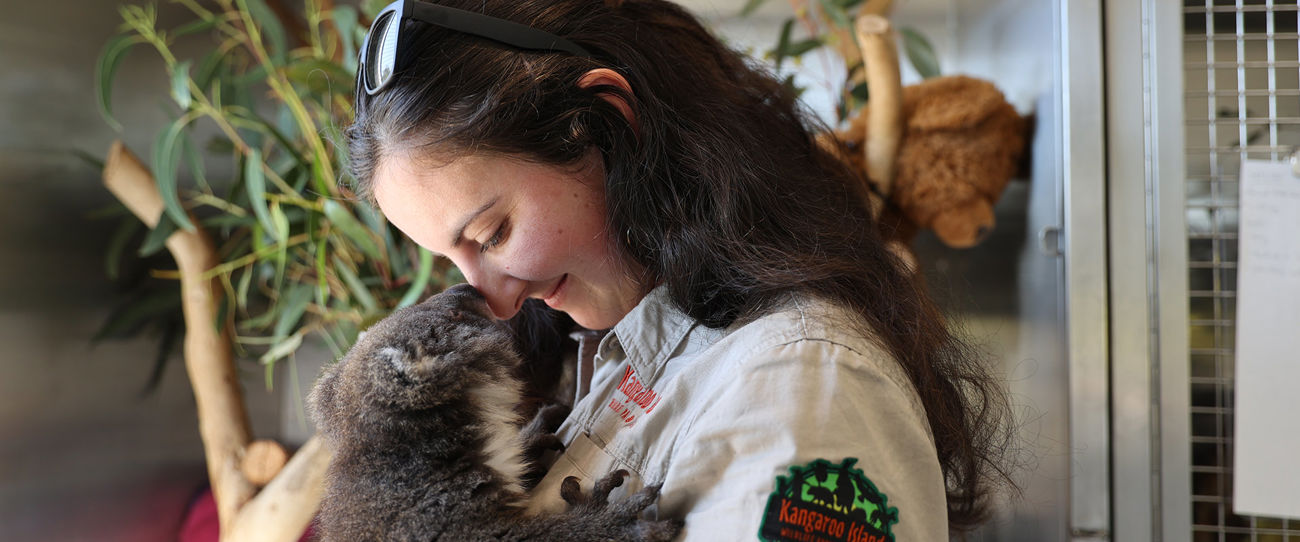
Other animals displaced by the bushfires are returning to Kangaroo Island's wilds, too. Birdsong has returned to Flinders Chase National Park. Yaka, which are the first plant to bloom after fires, provide a plentiful food source for birds who devour the nectar. Honey eaters, wrens, magpies, lapwings, Southern Emu Wrens, Western Whip Birds, eagles, kites, falcons and seabirds are easily spotted among the regrowing vegetation.
"There's been a lot of people doing research to see how different species fared and they've discovered species they feared were extinct from carpenter bees (…to) Pygmy Possums. There were big fears for the critically endangered Glossy Black Cockatoos. Thankfully they flew away, and their numbers are still quite high.
"Kangaroo Island's wildlife is so diverse and unique. Our echidna is a different one, kangaroo is its own sub species, the Rosenberg Goanna is an endangered species, we've got the Kangaroo Island Dunnart, the Glossy Blacks, even all the insects and the bees. Our koalas are crucial to saving the nation's population because we don't have the diseases over here that the mainland does. It's very important to continue to look after the wildlife."
The fires burned most of the western end of the island, including 96 per cent of Flinders Chase National Park. Home to Remarkable Rocks, Admirals Arch and once some of the island's most pristine and dense bushland, it's also here that nature's astounding resilience is most evident. With recent rains, some plants are growing centimetres every day, concealing the scorched earth. Seeds that laid dormant in the ground for years have burst into life following the intense bushfire heat. With the canopy burnt away, light to the lower stories encourages other plants to grow.
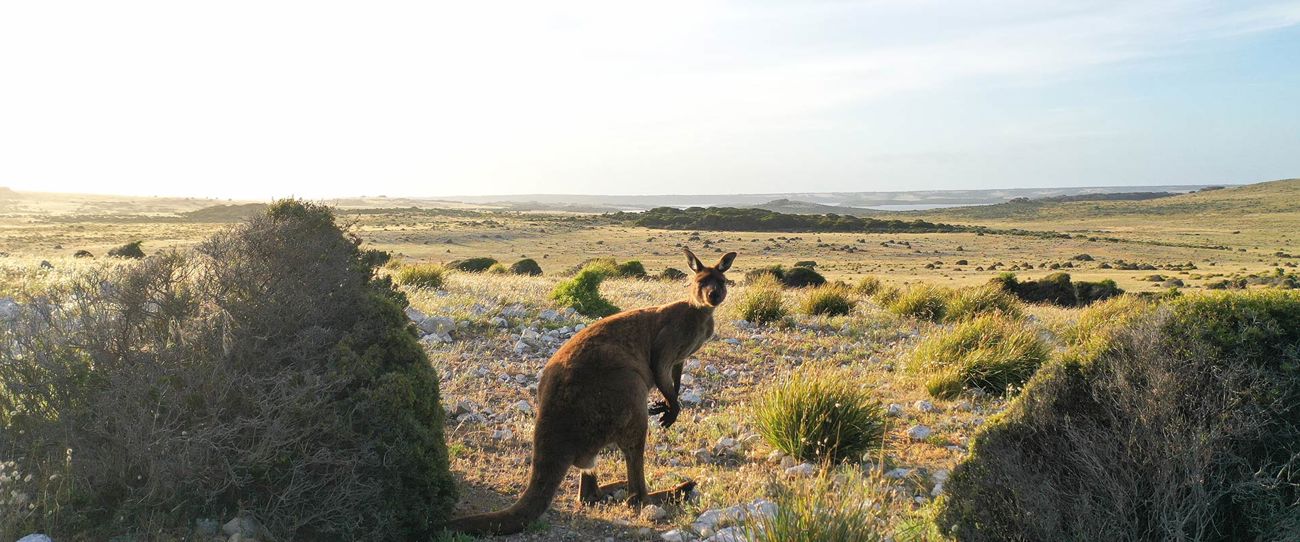
Alison Buck, who has lived and worked on the island for her whole life and is the Manager of the Kangaroo Island Wilderness Trail, has never witnessed regeneration on this scale, but it's the little things she notices most.
"The ground is like a mat of seedlings. It's interesting noticing all the little things and trying to guess what they'll be. There's such a diversity and so many things to look at," Alison said.
"Some areas may not have been burned for 50 or 70 years so things that haven't been burned in a long time are popping up. (Coloniser species) germinate and grow quickly after a fire. Some might only last 12 months, and some might last two to five years before the vegetation that was there before comes back and smothers it and they die and lie dormant again. Life is a cycle."
Among rare flora discoveries are the Paracaleana Duck Orchid, which hasn't before been recorded on the island for 30 years. A variety of the native Chenopods shrub, not seen on the island for more than 50 years, is thriving after lying dormant in the ground for half a century. The rare Kangaroo Island trigger-plant (Stylidium tepperanum), which catapults pollen from its vibrant magenta flowers onto insects, is regenerating. Eucalypt, which have adapted to withstand and even thrive after fires, shoot new green growth from buds hidden beneath the blackened trunks and branches in a process known as epicormic sprouting. It's a stark contrast to the black, ashen landscape that was left following the once-in-a-100-year fires.
"(After the fires) when you looked, everything was black or white ash. Now, it's green," Alison said. "Every time (I go to Flinders Chase National Park) it looks different. After good rains, things are growing at an astronomical rate. You can access areas you couldn't before because of the dense vegetation so it's a chance to find stuff that hasn't been seen for years that was thought to be extinct or threatened species.
"The drive through Flinders Chase gives you a really good taste for how things are regenerating as you pass through the eucalypt, the stringy barks, the sugar gums, through the Mallee and then through to the coast. Remarkable Rocks are still there, Admirals Arch are still there. There's so much to see."
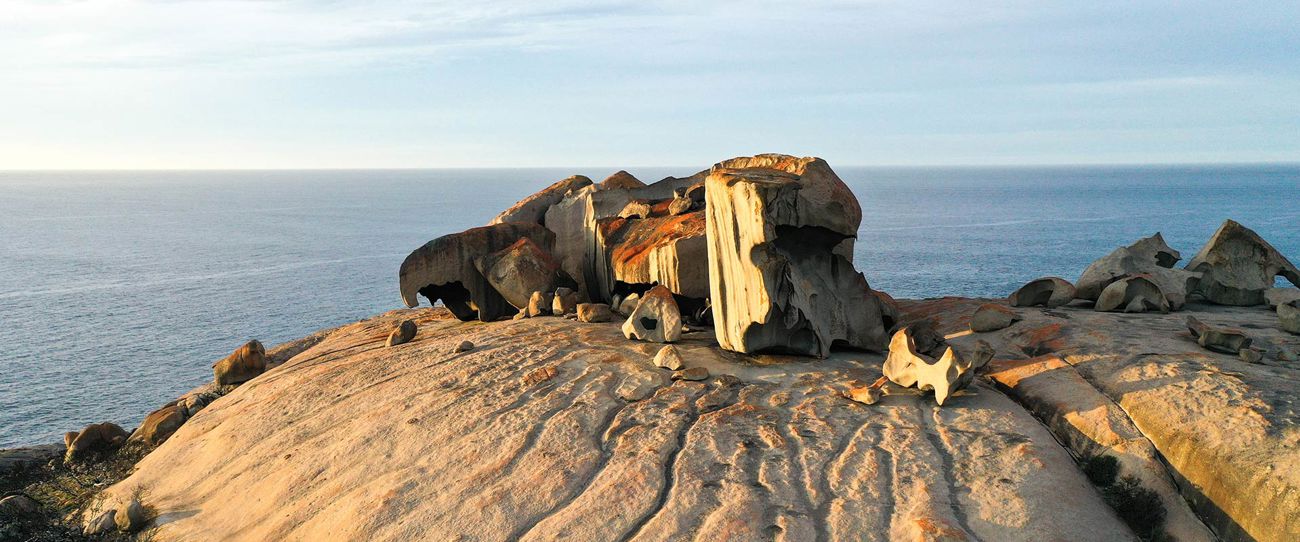
The breathtaking transformation just one year on makes it hard to imagine the roaring force of the fire that tore through Kangaroo Island. The landscape still has healing left to do, but right now is a once-in-a-lifetime opportunity to see the unique regeneration. Booking a tour to walk the Kangaroo Island Wilderness Trail, which reopened in December, is one of the most immersive ways to experience the regeneration of Flinders Chase National Park.
"It's healing to the soul and it's exciting to see what's coming back," Alison said. "You feel that nature's doing what nature is supposed to do.
"It will be three to five years until it looks normal-ish but don't wait for that to come and look. You need to see it growing to appreciate what it's doing. If you only come when it's totally regrown, you miss that story."
Nature's recovery truly is a force to be reckoned with, but it's not just nature that's on the road to recovery. It's back to business as usual on Kangaroo Island and after a tough year for tourism operators defined by bushfires and COVID-19, locals are welcoming visitors back with open arms.
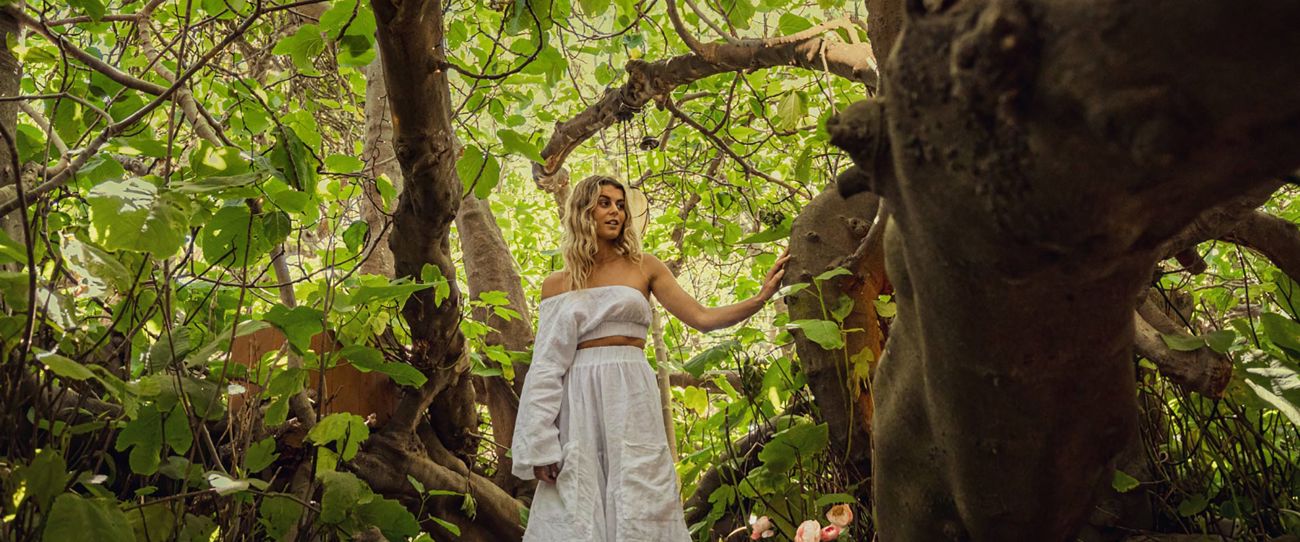
Nick Hannaford grew up on Kangaroo Island and now operates some of the island's most incredible accommodation properties, Lifetime Private Retreats, as well as the re-launched Gastronomo at the Enchanted Fig Tree, where you can dine under the twisted bows of a century old fig tree. For operators like Nick, welcoming people back to their island paradise is part of the healing process.
"Tourism is hugely important to Kangaroo Island, now more than ever," Nick said. "Sharing what we have is a part of our recovery. For locals to be able to welcome people here and get that energy back after being knocked down a couple of times, it's that country spirit. I think that's why people feel so welcome when they come here, because it comes from the heart.
"I think people would be amazed when they come over. It's a huge contrast from when the fires just went through … and we're only a year on. Imagine two years. What a rare opportunity to be part of a landscape that's reinventing itself."
ADELAIDE HILLS
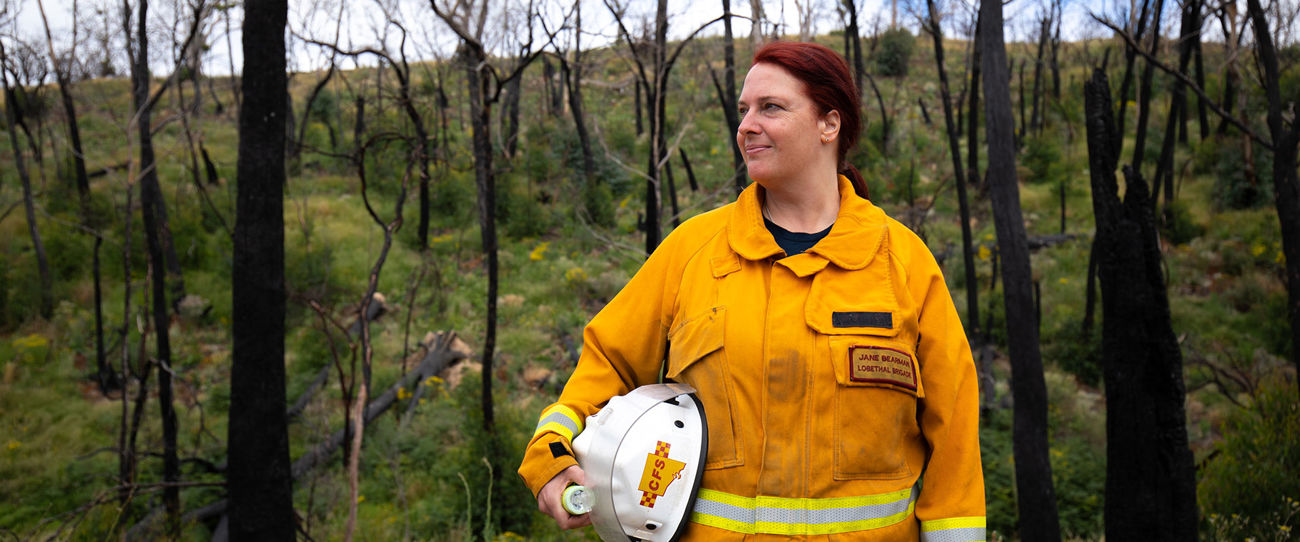
As flames dwarfed towering gums and beared down of the picturesque Adelaide Hills hamlet of Lobethal and the community evacuated, the local CFS brigades moved in. Lobethal resident and CFS volunteer Jane Bearman was saving others' homes as she grappled with the possibility of losing her own. It's this sense of community and camaraderie that now defines the Adelaide Hills 12 months on from the fires.
"When we came back over the hill to Lobethal everything was on fire," Jane said. "It was like a warzone. The flames were three times as high as the trees and some of these trees are pretty big. I remember looking up to where I live and turning to my husband and saying I think we've lost our house and other members on the truck said they thought they'd lost theirs too."
But in true Adelaide Hills spirit, there was a network of committed locals and farm units protecting property, including Jane's that day.
"There was a fire at the back of the house and thankfully our neighbours had stayed behind. They were doing as much as they could. One was filling buckets of water and another was using the garden hose. They said, 'there was no way we were going to let your house burn down while you're saving others.'"
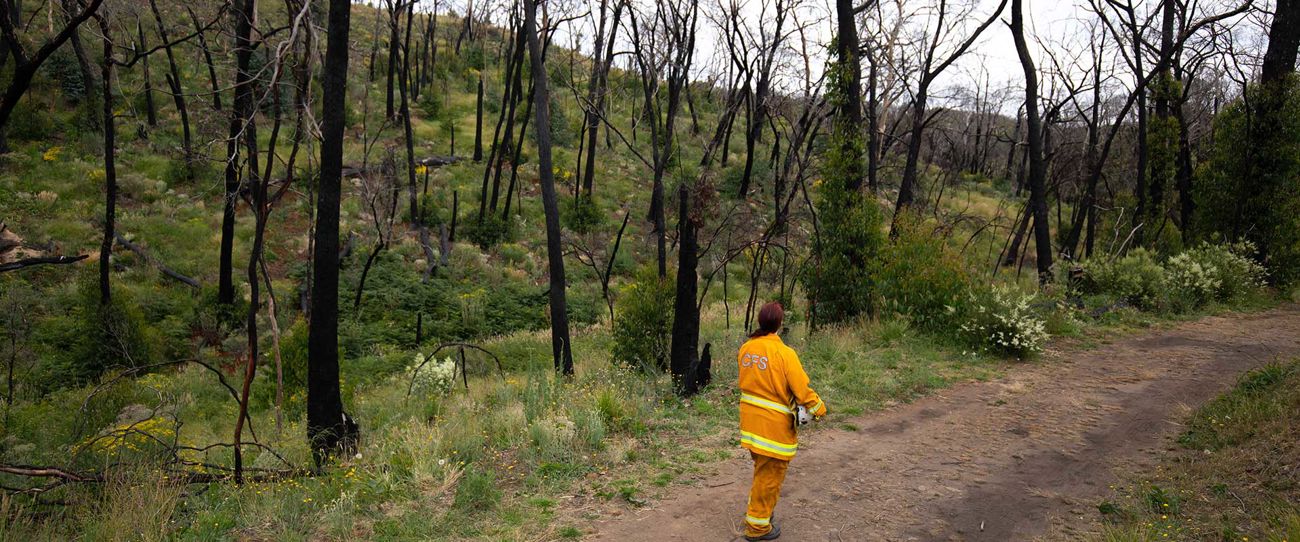
Jane, alongside her husband and brigade, fought for her town for 16 hours that day. The fires claimed more than 70 homes, 404 outbuildings, 227 vehicles and tragically, one life. But a year on, homes are being rebuilt, trees are reshooting, and wildlife is reinhabiting burnt areas. As nature begins to heal, the community does too.
"It's incredible seeing how much has regenerated," Jane said. "After the fires everything was just black and burnt. It's hard to imagine standing here that it can look this green. I would certainly say to people to come up here and see the regeneration, it really is beautiful.
"There's so much life here and it really is healing to the soul to know that something that was so beautiful can spring back up. It reflects the community. They're bounding back but it does take time. We are very resilient."
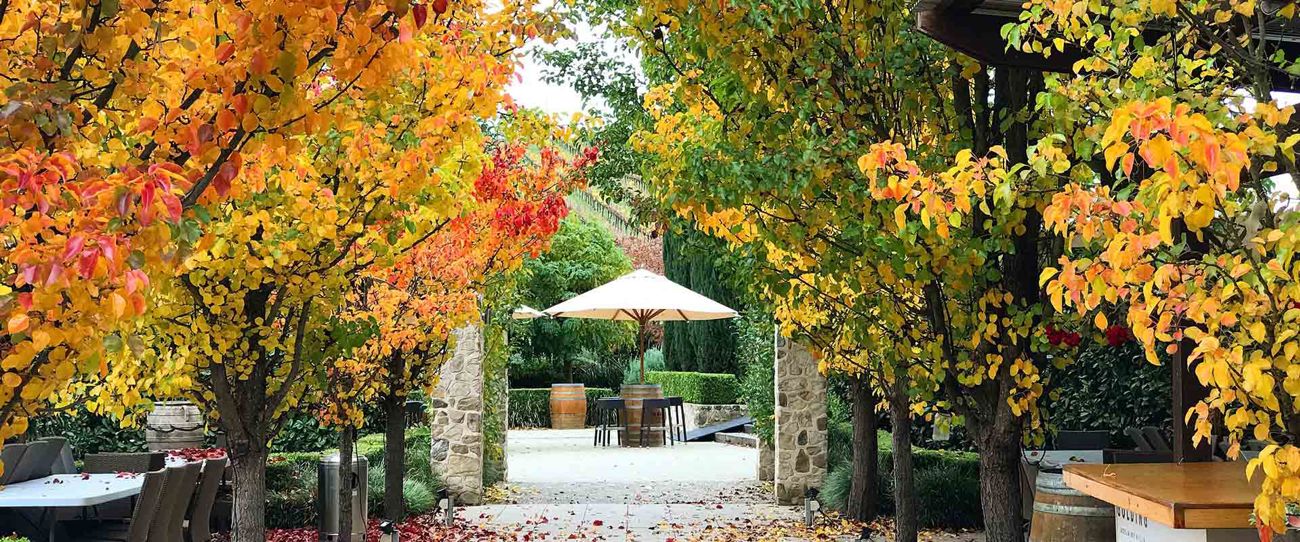
One of the properties Jane worked to save was family-run Golding Wines, who sadly lost 95% of their vineyards, as well as infrastructure and equipment. 2020 dealt another blow when COVID-19 halted cellar door sales, weddings and functions. But Owner Lucy Golding said support from the community had buoyed the business, and their spirits.
"It's still quite overwhelming to us to think about how much we felt that warm embrace of the community," Lucy said. "We've had our challenges this year with COVID… but we know the South Australian community has got our back."
A positive bookend to 2020, vineyards feared lost are recovering.
"When you see your property on fire and in the days after when everything is so blackened and charred, it's really hard to foresee what that might look like months down the track," Lucy said. "To see our vines back in this condition a year after the fire is pretty phenomenal. It's such a sense of relief and hope as we see this rejuvenation. Vines that I thought were never going to come back have shown such resilience and are shooting and it really lifts the spirits."
"When visitors come here and see us, they have the opportunity to see how powerful nature is in terms of regenerating. The opportunity to see wildlife amongst our vines absolutely still exists."
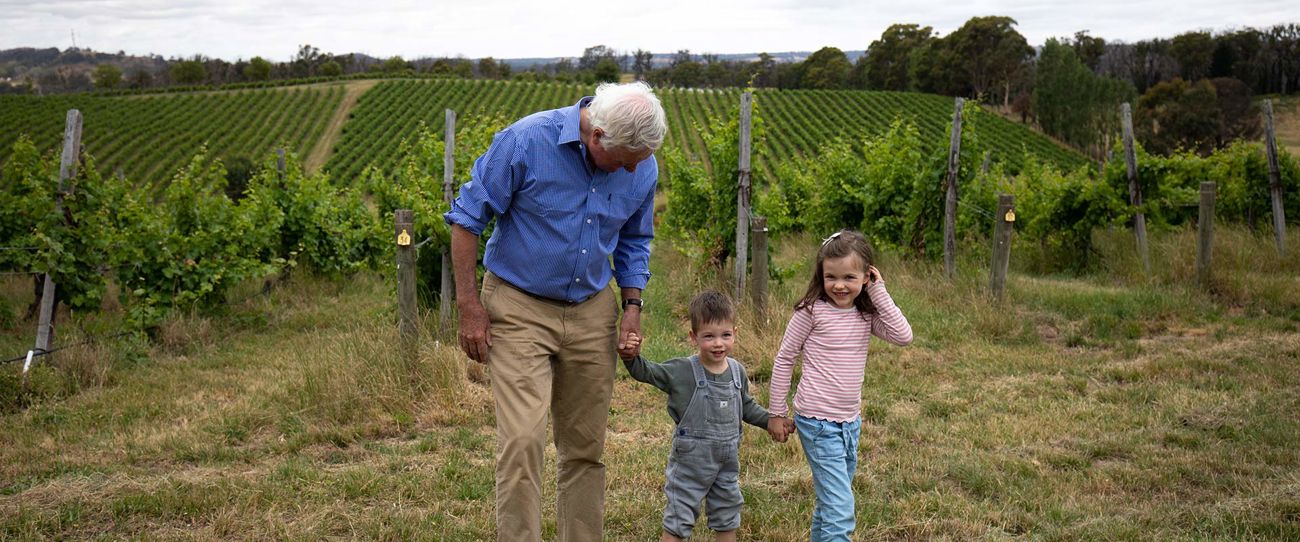
As flames engulfed Geoff Weaver's Lenswood property, all he could do was watch on from the refuge of his dam. Vigneron of his namesake wine label, 40% of the vineyards, equipment, a cabin and 90 of Geoff's own artworks spanning four decades were lost. But surrounded by the community, he says he's also gained a lot.
"The support from the community since the fires has just been fantastic," Geoff said. "Our neighbours have been wonderful in helping us through this. We try to help but I think we've gotten more than we give to be honest."
Vines are reshooting, mature trees feared lost are thankfully returning to life, infrastructure is rebuilt, and with a little help from his grandchildren, rock by rock a stonewall is symbolic of the rebuilding process.
With so much raw beauty to witness, now is the time to visit the hills.
"People flock to Tuscany but the Adelaide Hills is every bit as beautiful and I've seen them all," Geoff said. "It's got a feel about it, it's the little pubs, the little roads and tracks, the great vistas, the gardens and all of those beautiful things that are just part of the fabric of the hills.
"I have a little philosophy; in life, the joy is in the contrast and if you don't see the tough times you can't appreciate the good times as much. I'm here for the journey."
And it's that journey we want to share. It's those contrasts in colours and the silent moments walking through bushland seeing the healing process take place that you realise how we'll never truly understand Mother Nature. Bearing witness to the healing powers of regenerating forests, nature parks and bushlands is one powerful tonic to the year we've all just shared.
Thank you to the Kangaroo Island and Adelaide Hills communities for sharing their stories and recounting December 2019 and January 2020.






